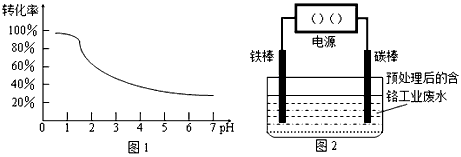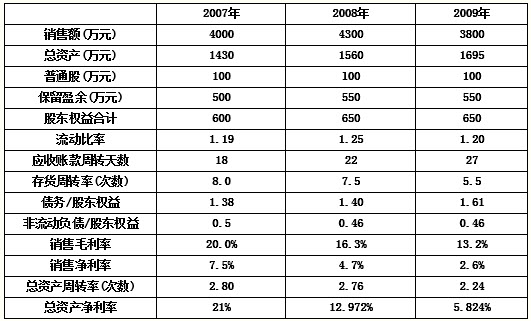问题
实验题
工业含铬(Cr)废水的处理原理是将Cr2O72-转化为Cr3+,再将Cr3+转化为沉淀。废水pH与Cr2O72-转化为Cr3+的关系如图1,实验室模拟工业电解法处理含铬废水的装置如图2

请根据以上知识回答下列问题:
(1)含铬废水预处理的方法是___________________________。
(2)在图2中连接铁棒的一极是电源的_________极。
(3)实验中除能观察到废水颜色发生变化外,还能观察到的现象是___________________________。
表一:

(4)当废水颜色不再发生明显变化时,切断电源,取出电极,再调节电解液的pH至8左右。调节pH的目的是___________________________。
(5)含铬废水国家排放标准为含量≤0.1000mg/L。取上述电解后的废水200.00mL,调节pH=1后置于锥形瓶中,用浓度为0.0001mol/L的KI溶液滴定,至滴定终点时,用去KI溶液9.00mL。已知酸性条件下,I-被
Cr2O72-氧化的产物为I2。用计算所得数据说明上述电解法处理后的废水是否符合国家排放标准____________________________________。
答案
(1)调节pH为1左右
(2)正
(3)阴极区产生沉淀
(4)使溶液中的Fe3+、Cr3+全部转化为氢氧化物沉淀
(5)经计算知,上述电解后的废水中含量=0.0780mg/L,符合国家排放标准

